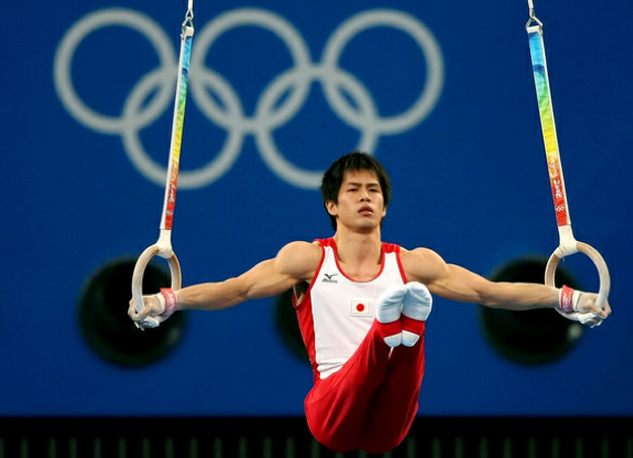
A great display of muscular control and core strength
In my last article I made the somewhat controversial claim that CrossFitters generally have rubbish core and lumbo-pelvic control. Whilst I stand by my claim, I thought that perhaps I should explain it in a little more detail, and maybe even give some pointers on how to improve…
When talking about core strength and stability there are two different concepts. The first is core and lumbo-pelvic stability which refers to ability to create a strong solid core as a base for generating strength and power; this is commonly achieved by abdominal bracing and is generally very well achieved by most athletes. The second is core and lumbo-pelvic control, i.e. the ability to maintain intervertebral stability through range. This ability to appropriately control muscle activation and to stabilise intersegmentally throughout range is (I would argue) far more important; and far more difficult.
If you have good control, you will have good stability. However unfortunately good stability does not necessarily imply good control, and on its own whilst it will suffice for a while; long term will lead to problems.
Broadly speaking, there are two systems of muscle involved in lumbo-pelvic stability and control. The first are local muscles, these are deep small postural muscles and include muscles such as transversus abdominus, the pelvic floor muscles and intervertebral muscles. There are also global muscles responsible for generating movement such as the spinal erectors, hip flexors and gluteus maximus.
The roles of each group of muscles overlap significantly, however for simplicity we will consider them as separate groups. Generally speaking the global muscles are responsible for producing movement and power (for example glut max extends the hip or helps you stand up out of a squat). The local muscles stabilise and protect the spine through this movement providing a strong base from which to generate power and protecting the spine and other joints.
Unfortunately athletes frequently fail to adequately develop the neuromuscular control needed to appropriately recruit the local muscles, result: compensation with global muscles. Why does this happen? All sorts of reasons. Prior injury is a big one. It is well established that following injury the local muscle system becomes inhibited, that is there is a delay in the timing of activation, and a decreased amount of force produced.
Another biggie (and I’m looking at you Mr or Ms CrossFit) is increasing load too quickly- either too heavy too soon, or too many reps. This can be a one off, or as a result of a build-up of fatigue. Never underestimate the importance of recovery (another post for another day). When we are moving a load, yes we are using our nice big global muscles to push that weight around, but we are also asking our smaller local muscles to provide stability and control for this movement, under the same load, and yes they will fatigue first.
There are lots of faults that can arise as a result. The most common amongst CrossFitters (myself included) is anterior pelvic tilt. Yes, we should have a curve in our lumbar spine (it’s called the lumbar lordosis); this should be present with a neutral pelvic position. What commonly happens is the pelvis is tipped forward resulting in a hyper-extended lower back. The hip flexors, lats, and erector spinae are all working overtime, and the lumbar spine is locked out.
Nothing is going anywhere and you have a strong solid base to lift some serious weight with. That’s great! As long as nothing moves, and you don’t plan on doing too many… Firstly this position places extra stress on a lot of other parts of our body, and will eventually cause injuries. Commonly; hamstrings, patello-femoral pain, lower back pain, groin injuries, and wait for it; even shoulder injuries (overactive lats attach into the shoulder also, and tend to internally rotate the humerus, thruster like that too often and hey presto; shoulder problem).
So sure, you have a nice strong stable base to generate power from, but what happens further up or down the kinetic chain when you have done too many reps, or what happens when you fatigue and can no longer maintain this locked out position. Try a snatch or heavy jerk on an anteriorly rotated pelvis and hyperextended spine when your global muscles are fatigued and you end up with 100kg of weight landing on little tiny joints that sit at the side of the spine and not surprisingly, you end up with some very upset joints.
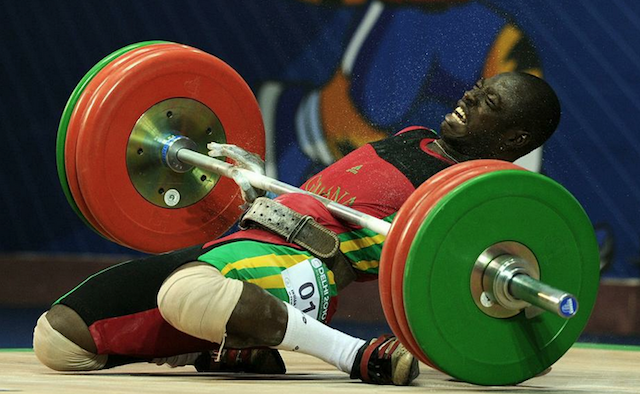
Failed Lift?
Ok, we hear you, we suck; how do we fix it?? Two things; 1. Achieve a neutral spine position 2. Learn to maintain and control it through range.
1. Achieving a neutral spine from an anteriorly related pelvic position: To do this you need to work out what it is that is pulling you into this position and then inhibit and stretch these overactive or tight muscles. Everyone will be a little different, however the usual culprits are the hip flexors, erector spinae, soleus and tibialis posterior and lat dorsi. Hit them with a foam roller, tennis ball, your local massage therapist etc. Sit on any sore points for 20-30seconds.
2. Strengthen underactive muscles: typically glut max (acts to extend the hip and externally rotate the thigh), hamstrings, and of course the local core muscles. The first two shouldn’t be too hard to work out; the one everyone struggles with is developing strength and control of the local stabilising muscular system.
This is because every time we try, our big global muscles come in and save the day. And if you have been compensating with an anteriorly rotated pelvis, it can be pretty hard to break the habits… Ever done a Pilates class? Now I’m not necessarily advocating Pilates for CrossFitters, but some of the exercises have their uses and can help to teach you how to activate the local stabilisers to provide and control intersegmental stability through range. Google a couple of Pilates exercises and have a crack (try “bird-dog”).
You should be able to do them without losing a neutral lumbar spine position (not a hyper-extended or flat back), and without rotating your pelvis (unless required by the exercise in which case you should be able to control that rotation). It is difficult to teach core control over the internet, so I would suggest getting some local help with getting things started. Once you have mastered the basics you need to transfer this to your CrossFit training, where the same principles can be applied to any and every movement, and everything can and should be looked at as a lumbo-pelvic control training exercise.
I don’t promise this is easy, in fact it’s hard, it might mean reducing weight, and feeling like you are taking a step back in your training, however ultimately you are doing two things, one: protecting against injury (which incidentally will have a much bigger impact on slowing your training down) and number two, you will be able to lift heavier weights for longer, with less effort. Win! Improving lumbo-pelvic control and strengthening the local muscle system will free up the global muscles to do what they do best – lift heavy!



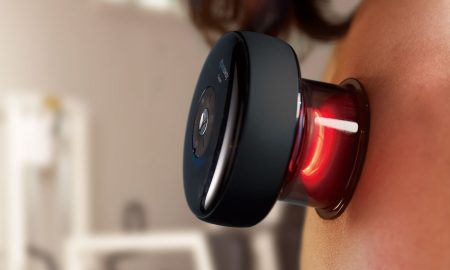

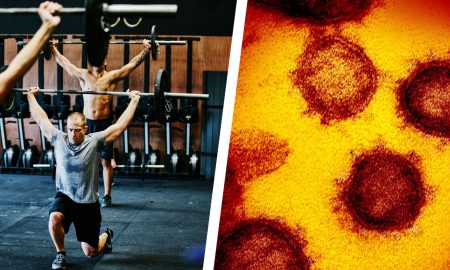
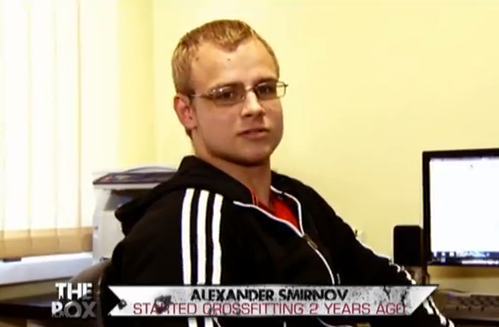
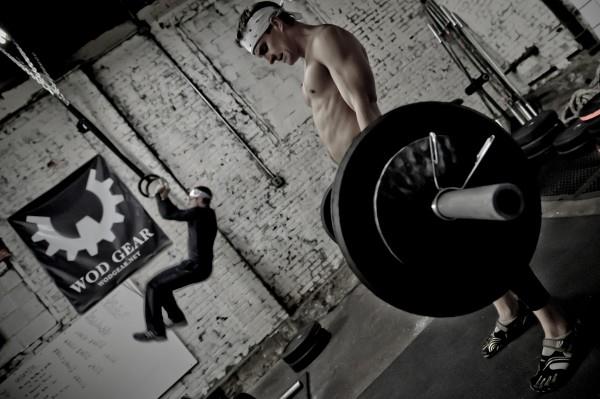

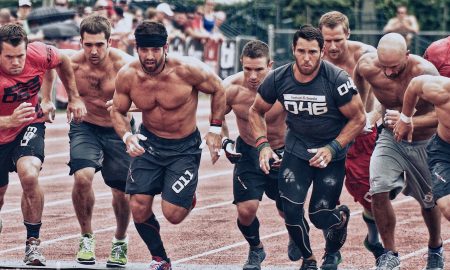
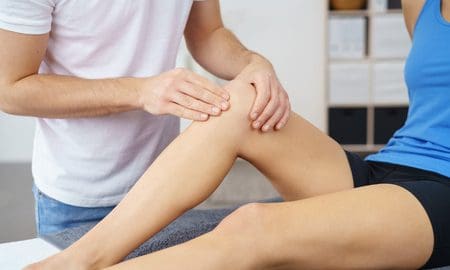

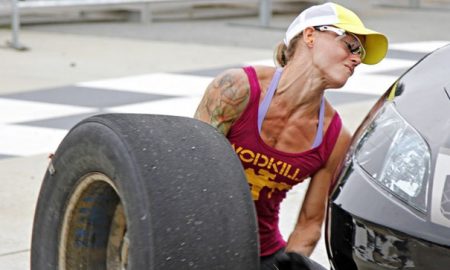
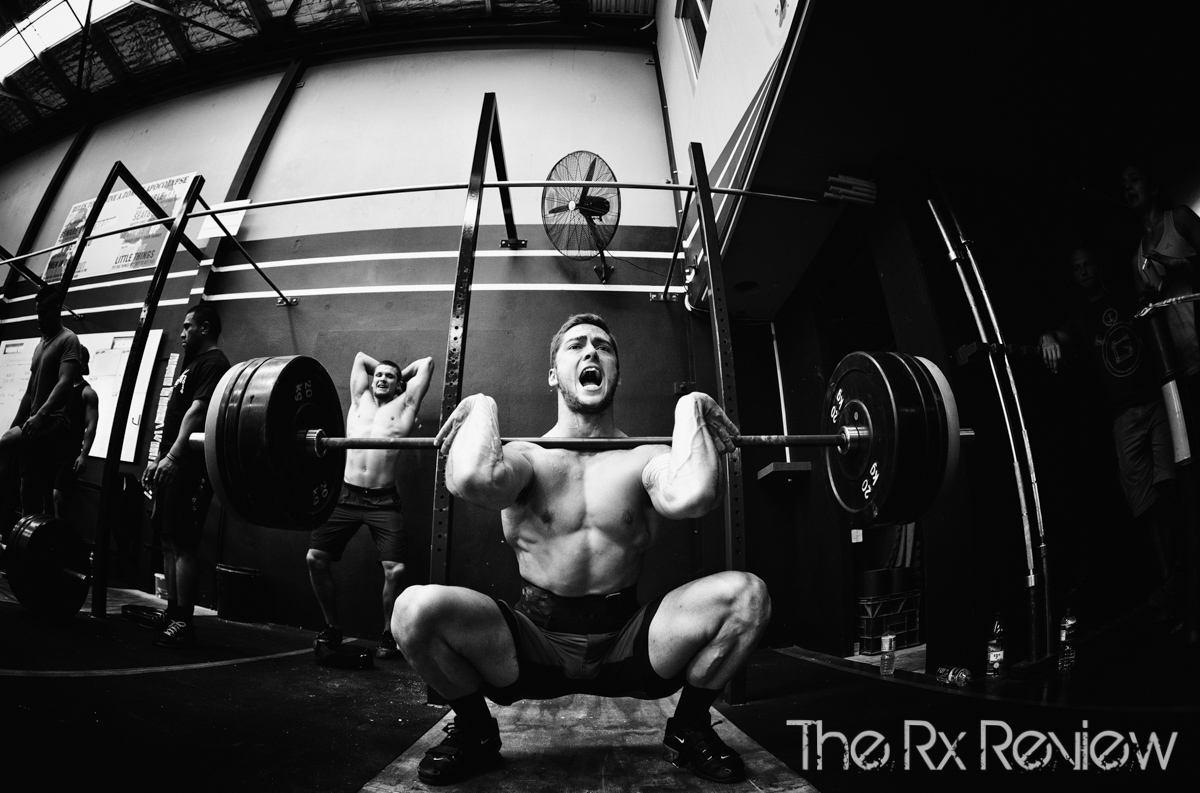
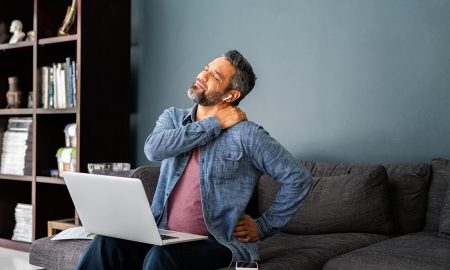



20 Comments